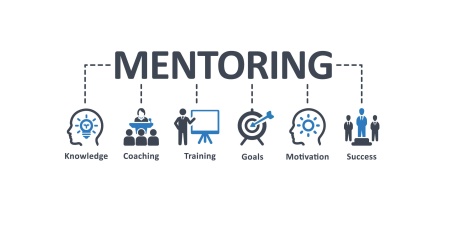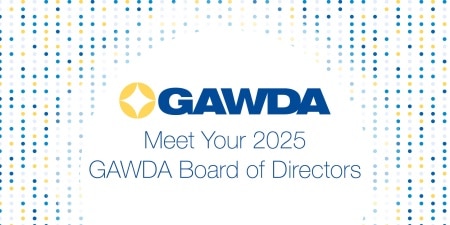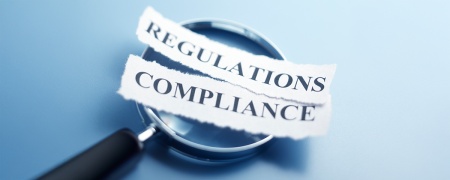Many business leaders talk about the difficulties of improving the productivity of workers in today’s “distracted” workplace. They cite how a constant online and technology connectivity for most workers intrudes on their ability to complete tasks and finish projects.
That’s an issue I fully understand from two distinct angles: the viewpoint of someone who has been greatly affected by my own tendency to get distracted, and as well as that of a business leader who has worked hard to overcome it. My initial “focus” on distraction started as an entirely personal battle. While I was diagnosed with Attention Deficit Disorder (ADD) as a child, I never experienced serious consequences from it until I started my first business. I was doing what I loved most in the world: helping people discover, craft and share their messages — but I was also floundering. At the end of a work day, I’d realize that I had begun 16 emails and four projects, and spent hours replying to personal messages on Google chat and text — but hadn’t finished the tasks that would actually create a successful business.
For someone whose entire life’s work, academic study and passion were all centering on communication, I was being derailed because of… communication. I knew I had to get a grip on things. So I dove head first into the research on attention and distraction. A decade and thousands of hours of research later, I’m now heading up a flourishing business by speaking to others about dealing with the issues of attention and distraction in the workplace.
It’s clear that today’s business leaders are overwhelmed by and ill-equipped to deal with the consequences of a workplace with few barriers to an endless influx of information and communication. That condition impacts employees and managers alike with email glut, an inability to prioritize, an increase in conflict, constant feelings of being overwhelmed and the “never fully off, never fully on” approach to work.
In reality, the principles and strategies most leaders use today simply don’t account for the kinds of world-altering shifts that have resulted from society’s now-constantly-connected workplaces. For instance, were you aware of the following statistics?
The busiest hours for Facebook are 1:00 to 3:00 p.m., during the working day.
60 percent of purchases online are made during work hours.
87 percent of people admit to reading and being involved in political discussions on a weekly basis during work.
Workers lose anywhere from one to three hours on average every day due to personal distractions. (In some industries, the loss is as much as six hours a day.)
The effects of distraction are carried home and within our bodies, other research shows.
We spend 60 percent more time connected to digital media than we do in conversation with our significant others.
A study on workplace stresses found that the more pressure we feel to be available, the more likely we are to take sick days.
Over the past 10 years, I’ve experimented constantly with new approaches to managing and focusing my own attention and thousands of hours researching and interviewing CEOs, managers and employees about the issue. I recruited a team of experts to work with me, and together we discovered a simple but profound truth: We have lost the ability to control where we place our attention.
Manage the Focus Factors
We simply don’t have a lot of direct control over what we pay attention to at any moment these days. It’s not something that we can efficiently or easily control throughout the day. But what we can do is manage the factors that influence our focus, setting up our day and the way that we wish to work. These are the four “focus factors” we can address:
Energy. Rather than structure your day by what feels most urgent all the time, set up your day to work on the hardest things first, then go to easier tasks later. Organize your to-do list by priority and spend the earliest part of the day on the hardest and most imperative tasks.
Environment. The open office is wonderful for social work, but it’s really hard for actual focus. Set up physical barriers — or virtual office ones — so nonessential activities don’t grab your attention.
Emotions. Be aware of the role emotions play in what we pay attention to. For leaders, if you want to extend your people’s focus and productivity, you must frequently find creative ways to remind them why and how their work makes an impact. The days of “a paycheck is all the motivation they should need” have long since passed. Help them connect their mundane tasks to meaningful outcomes.
Experiences and habits. Examine whether your workspace is set up for working or if there are built-in distractions that exist there. Set up intentional spaces dedicated uniquely to work. This will help you — and your employees — be better able to genuinely focus.
As a business leader, what is required of you has changed. One major aspect of that is that the most valuable resource that you have personally and your team’s most valuable resource is attention. How you manage your employees — as well as your own work — ultimately will dictate whether you’re being focused and intentional with your attention resources — or whether you’re using them in a way that is wasteful and inefficient.
The challenge for us all is to become wise in the way we allocate our focus, placing the right amount of attention at the right moment and in the right context. The good news is that everyone can learn to harness their own attention, improve their organization’s productivity, and for those in business, rise above the noise of today’s constantly connected world to recapture distracted customers, too.
Curt Steinhorst, founder of Focuswise, has worked with many top performers, executives, TV personalities, sports stars and TED Talk presenters. His speeches on the topics of generations and millennials are on behalf of the Center for Generational Kinetics. Steinhorst released his first book in the fall, Can I Have Your Attention? Inspiring Better Work Habits, Focusing Your Team, and Getting Stuff Done in the Constantly Connected Workplace. He is at 214-810-2276 and [email protected].









